Map 1, Fata'an
That afternoon after we visited Faki Mayaw Losh, with the aid of his own hand-drawn map of the Indigenous traditional territory and the migration process that he clearly described, we had finally came up with an outline combining the materials we gathered previously. Our log keeper Lisin drew a map on the empty corner of her field record notes.


_21090312432030221.png)
_21090312432694383.jpg)
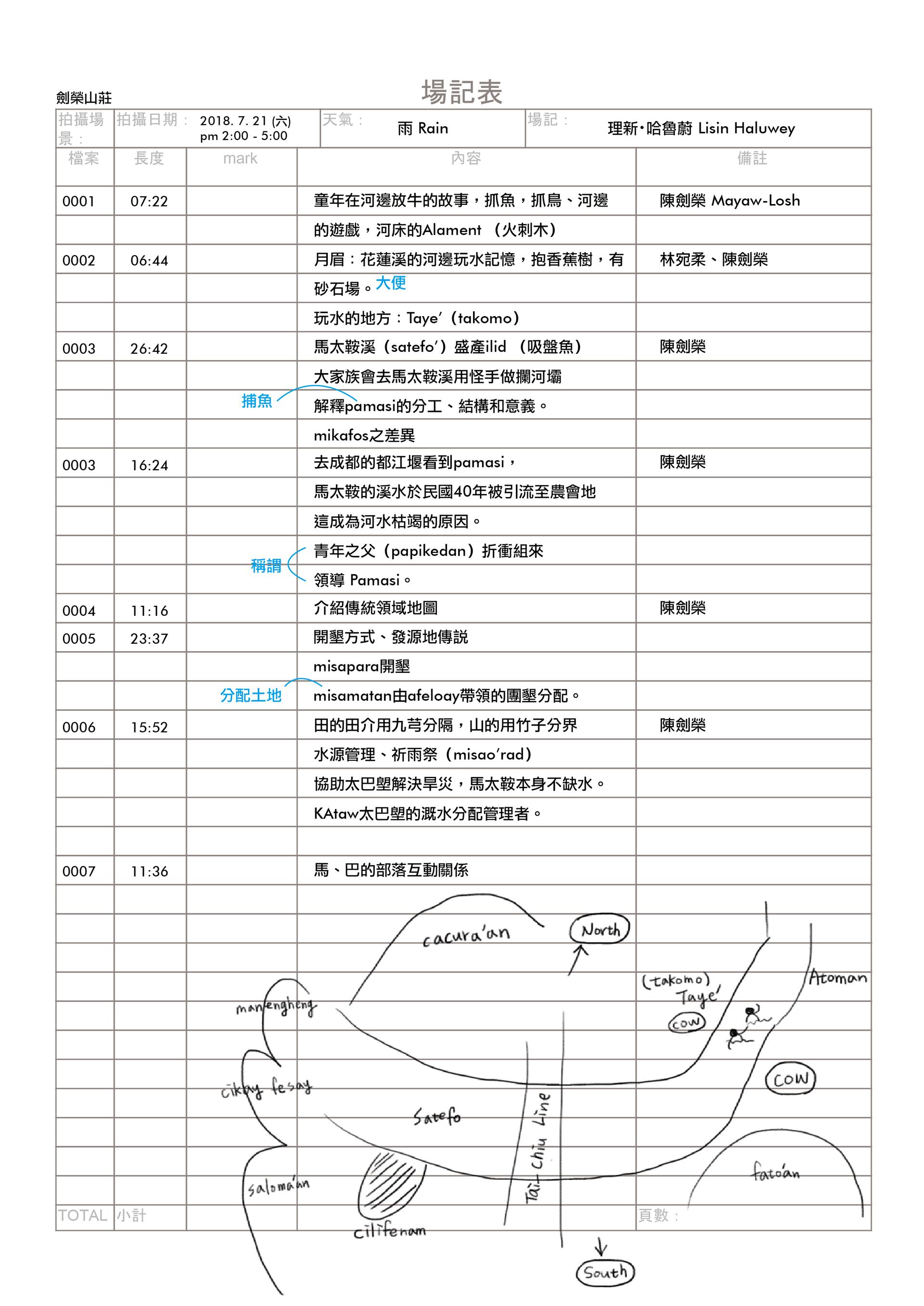
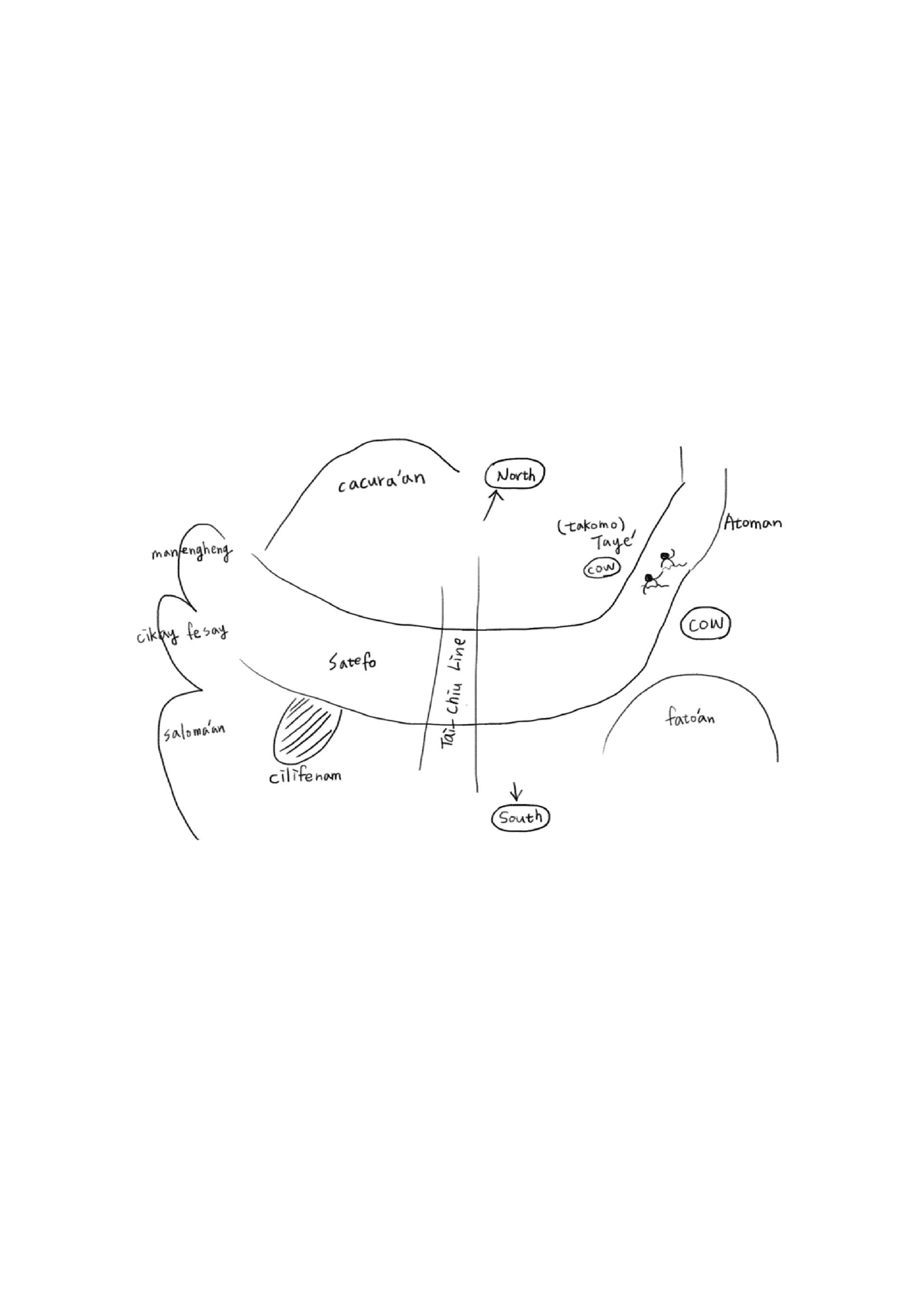
_21083016451535677.jpg)
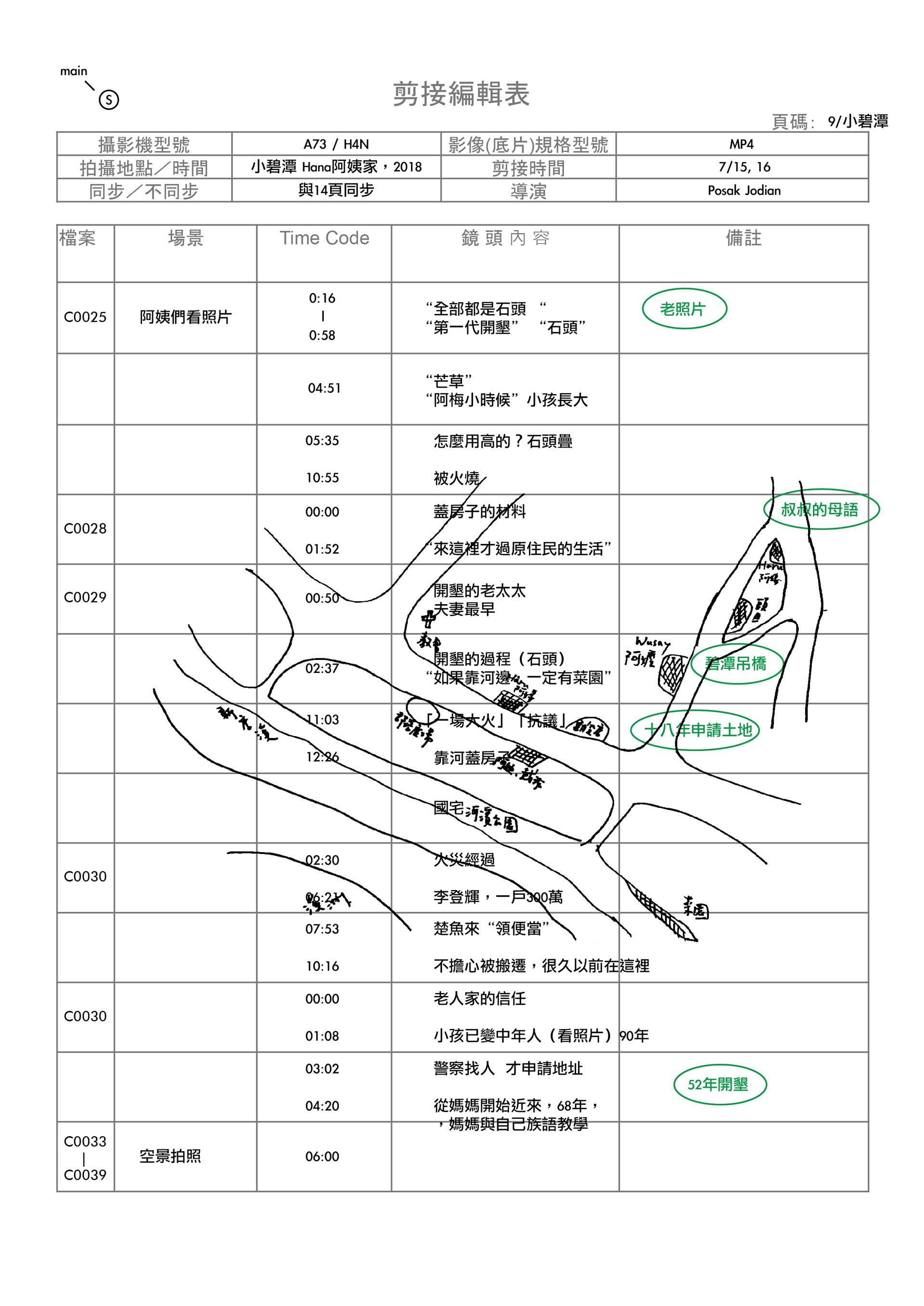

.jpg)
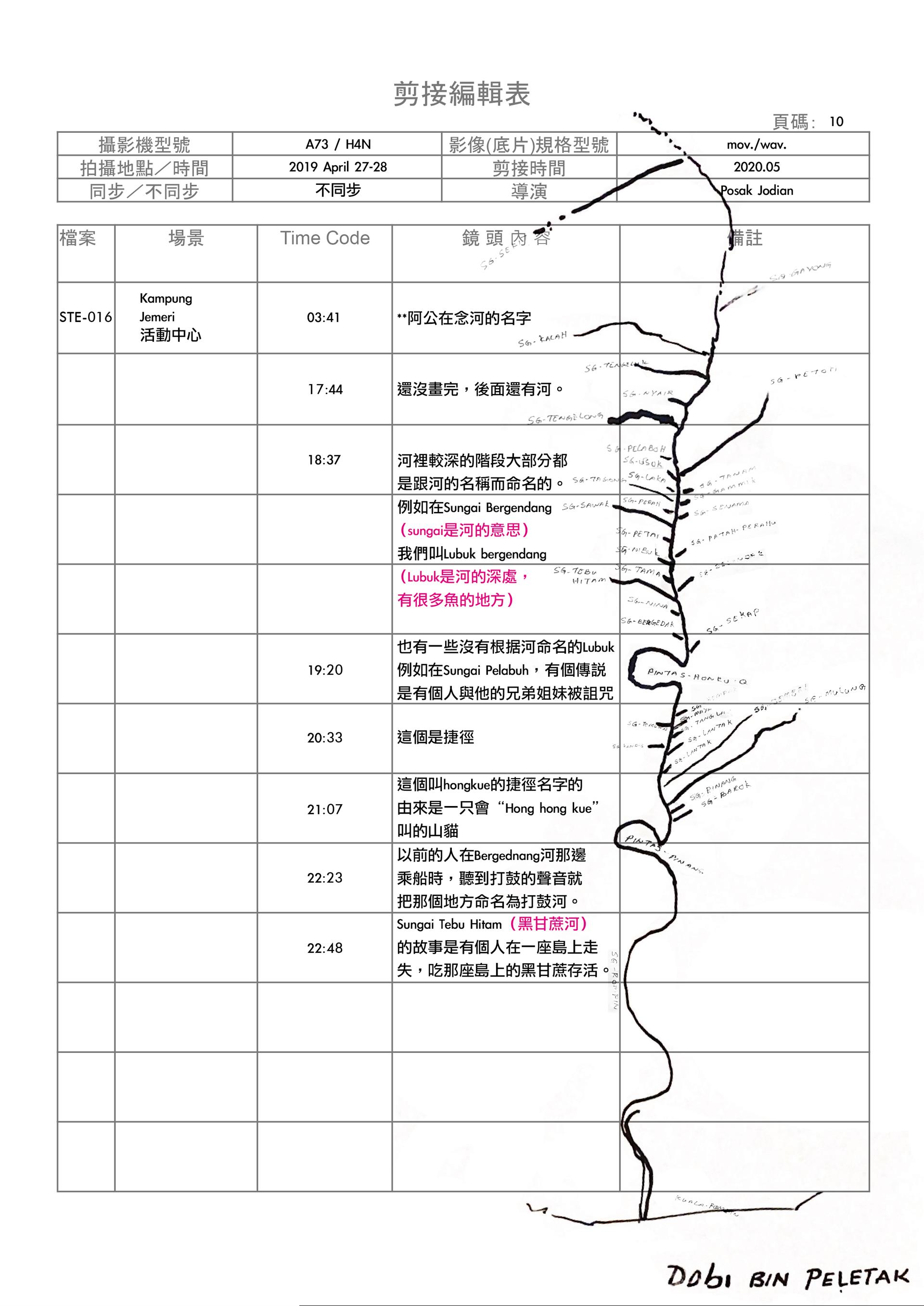
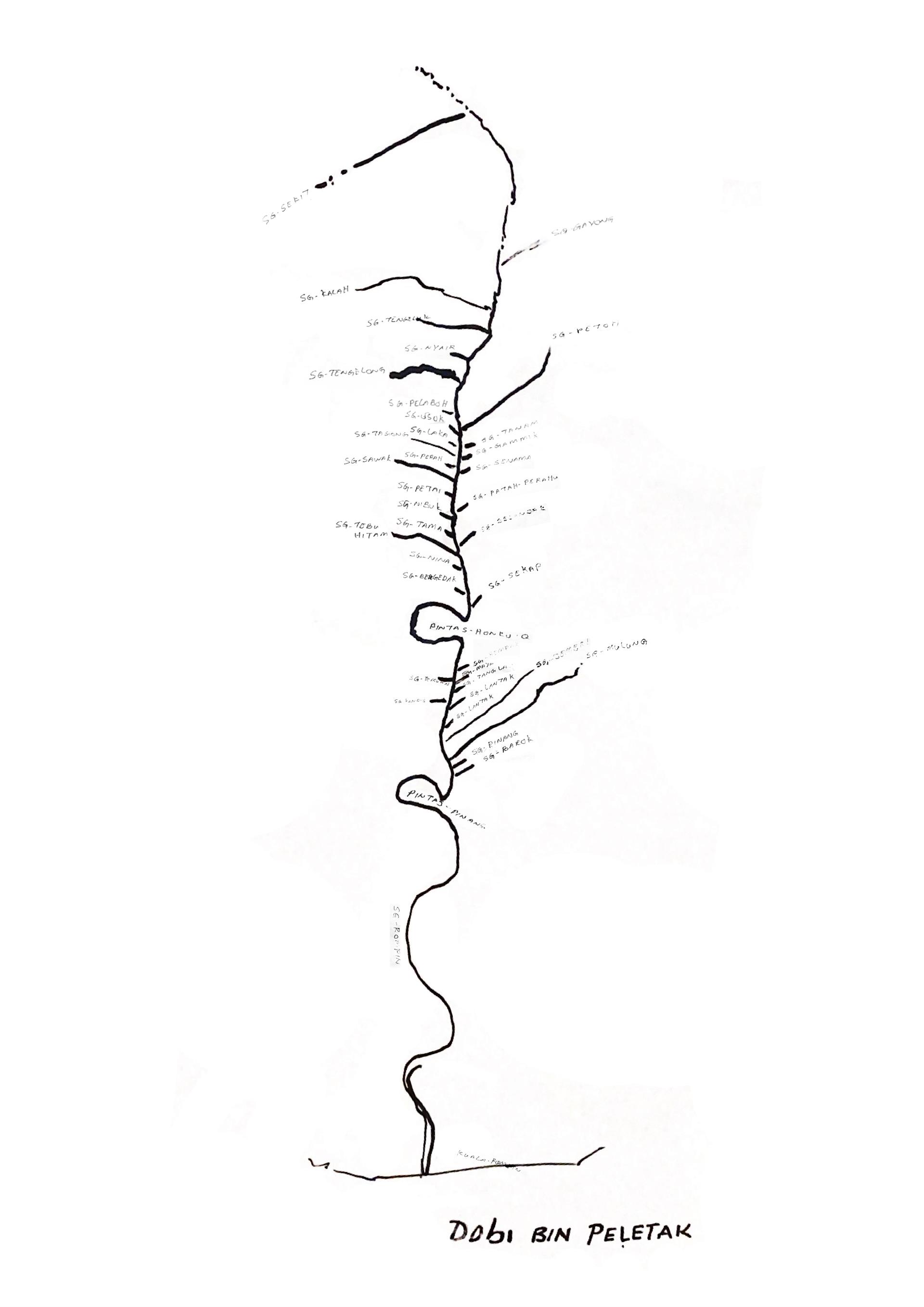
.png)